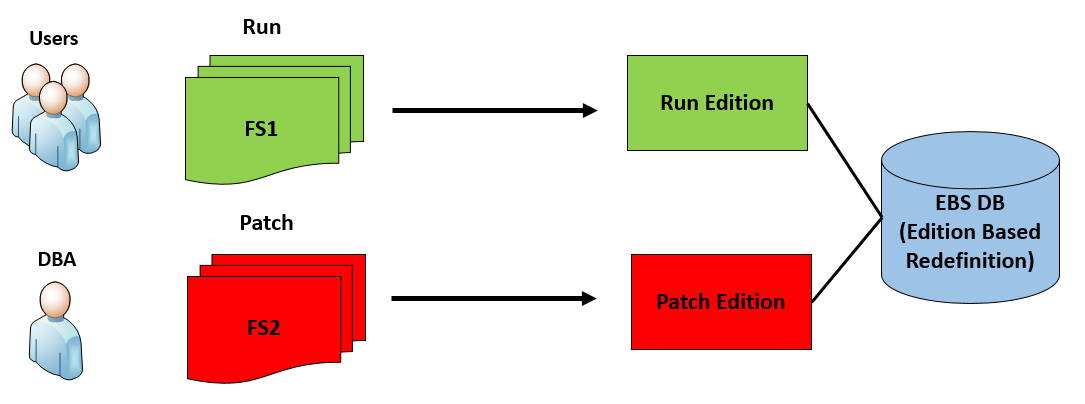For those that are new to Oracle E-Business Suite 12.2, you may notice that the architecture has undergone some major changes. First, the underlying Oracle technology stack being used has had some upgrades that now include WebLogic components while the application server, used for forms and reports, remains at the same version as in E-Business Suite 12.0/12.1. That version is Oracle Application Server version 10.1.2. The database version can be a minimum version of 11.2.0.4, if you are upgrading Oracle E-Business Suite from a previous release, or version 12.1.0.2 if the installation is new.
Here is a breakdown of what is included with the latest version:
Oracle Fusion Middleware
- Oracle WebLogic Server (WLS) 10.3.6
- OHS (WebTier) 11.1.1 and Oracle Common (Common Modules)
Application Server (OracleAS)
Oracle Database
- Oracle Database Server 11.2.0.4 (minimum if upgrading) or 12.1.0.2 (new installation)
In addition to the technology component versions being upgraded, the method for applying application patches has gone through a massive transformation compared to previous versions of Oracle E-Business Suite. In the past applying patches required the application to be shut down and unavailable to users during this type of maintenance. In the case of very large patches you could have a system not available for many hours!
Now all of this has changed in Oracle E-Business Suite 12.2 with the introduction of AD Online Patching (ADOP). Gone are the days of application database administrators having to spend long stretches, after business hours, to apply patches. The new architecture includes a dual file system for the application tier and the use of the Oracle database feature, Edition Based Redefinition (EBR). The dual file systems are differentiated by the terminology of "Run" edition (live system being used by users) and "Patch" edition (used by DBAs to patch). Either of the dual file systems can be designated as the Run or Patch edition. In addition to these dual file systems, there is also a non-editioned file system. This is used to store things that need to be available across both file systems, like concurrent manager log and output files, as well as the staged patches.
 Finally, we can apply patches to our Oracle E-Business Suite with the system up and available, while our business users are able to continue working. Once your patching cycle is complete, only a very short amount of downtime is required to shut down the applications services, switch the file system to the newly patched environment, and start the application services back up. This is a much welcome addition to not only applications DBAs to reduce their after-hours maintenance windows but by also giving the business a system that is much more readily available.
Finally, we can apply patches to our Oracle E-Business Suite with the system up and available, while our business users are able to continue working. Once your patching cycle is complete, only a very short amount of downtime is required to shut down the applications services, switch the file system to the newly patched environment, and start the application services back up. This is a much welcome addition to not only applications DBAs to reduce their after-hours maintenance windows but by also giving the business a system that is much more readily available.
#EBS
#EBusinessSuite
#Oracle
#Patching
#DBA
#ADOP